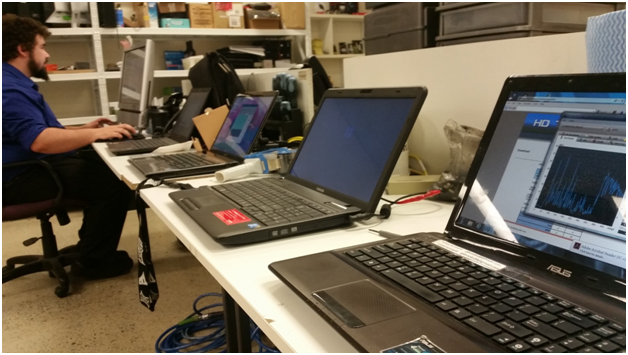
We’ve already looked at some of the ways technology can keep you secure, but there are plenty of other things to consider. Here are five more useful security tips.

1. Remote security
We all know what it’s like to leave work or home in a hurry, get to the end of the street and wonder if you remembered to lock up. With the latest technology, there’s no need to retrace your steps. You can use your mobile phone to lock the doors and even set your alarm system remotely. This is also useful for allowing access to workmen or cleaners whilst you’re not there, with no need to give them a key that might be lost.
2. Who’s been eating my porridge?
If the three bears had invested in the latest security, they wouldn’t have had to puzzle over the presence of Goldilocks. They would have received an immediate alert on their mobiles when the house was entered and they would have even been able to monitor any unauthorised porridge consumption by way of a webcam link, allowing them to take steps to secure the premises.
3. Securing your car
All of this can work for your car, van or motorbike too. A mobile phone app can alert you to your vehicle being tampered with when you’re out of earshot of the alarm. It should also soon be possible to use your phone’s biometric security – fingerprint scanning or facial recognition – to unlock your car, or start it up remotely, so that it’s warm and defrosted before you get in.

4. Wireless power
Office systems can be protected with UPS technology, from companies such as Eaton UPS distributor, CPP Sales (http://www.cppsales.com/Eaton_UPS_Systems___Accessories-catid17) but we seldom think twice about how we charge our other devices. Plugging into a strange charger or outlet could allow the device to be hacked, whereas wireless charging will allow you to charge safely with the added bonus of never running out of power.
5 Safer banking
Most of us use online banking, but we still rely on old-fashioned identification methods like passwords and PIN codes. The latest technology ensures that you can only login through devices you’ve previously declared as safe. You can further bolster this by using biometric identification to log into your safe devices, keeping things doubly secure.
